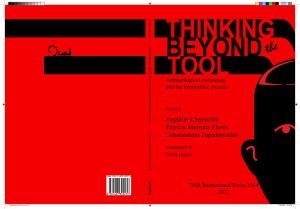Media Archaeology
Jussi Parikka from sotonDH will be talking at the CRASSH (Centre for Research in the Arts, Social Sciences and Humanities) seminar in Cambridge on 23 May 2012. The talk entitled "What is Media Archaeology?" will examine the theoretical challenges of studying digital culture and memory. Media Archaeology opens up the sedimented layers of contemporary media culture.
I am giving a talk at Cambridge uni in May, at CRASSH, crassh.cam.ac.
Continue reading →

